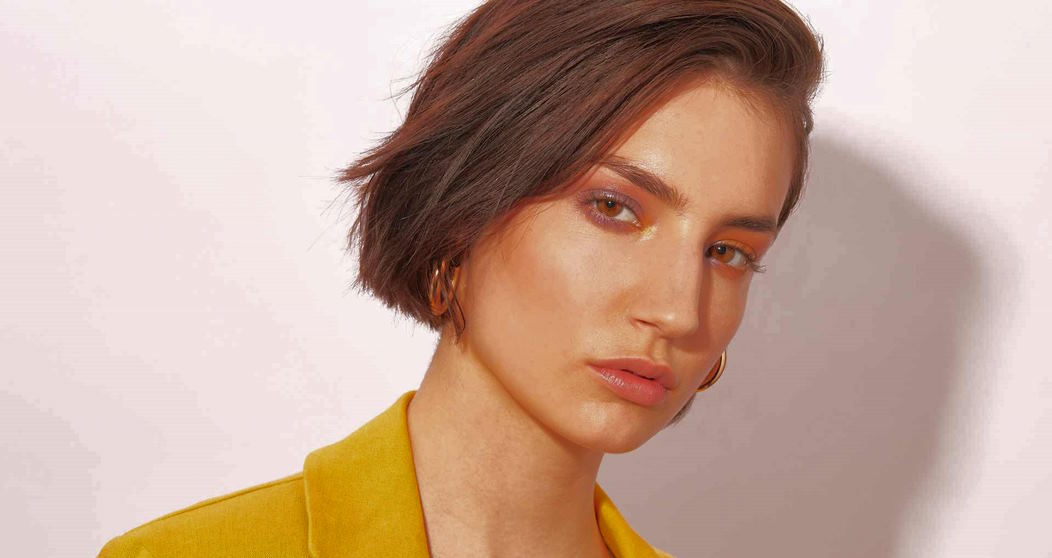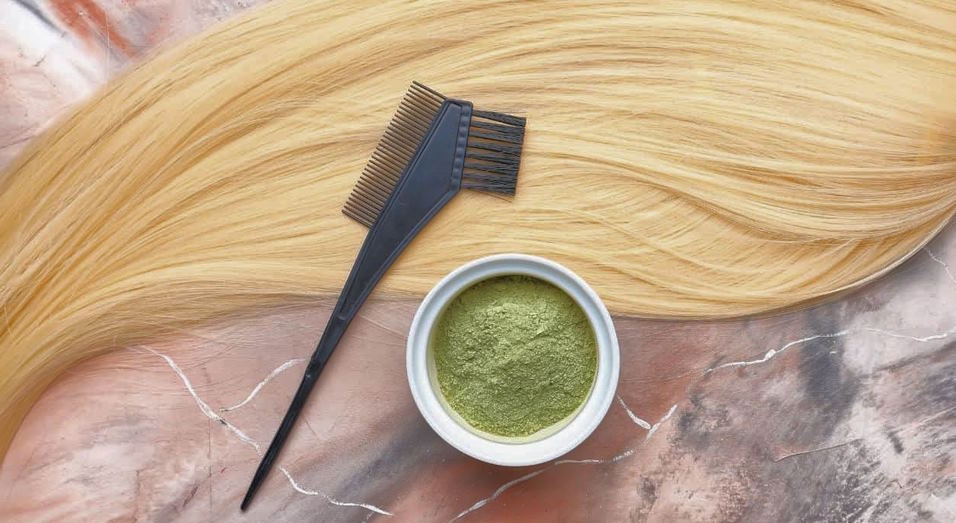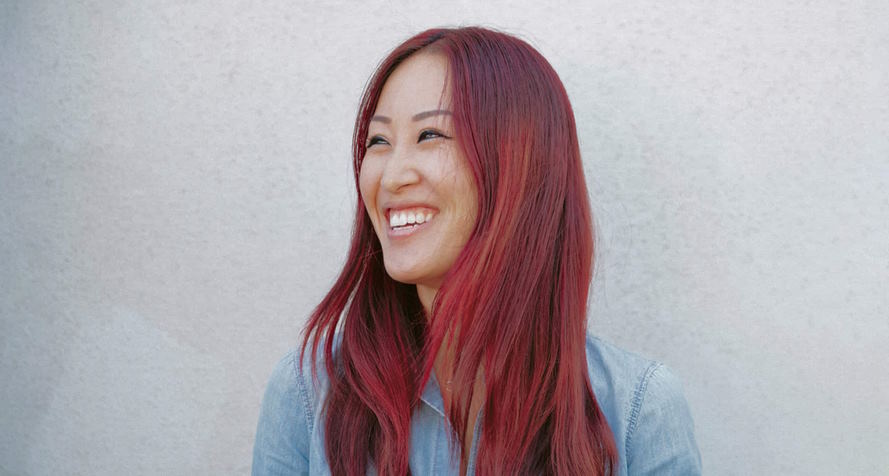Exploring the Advantages and Disadvantages of Dyeing Your Hair

In today’s society, hair dyeing has become increasingly popular and prevalent among people of all ages and genders. With the ability to transform one’s appearance, express individuality and creativity, and cover up unwanted gray or natural hair color, hair dyeing offers a wide range of benefits. However, with these advantages come potential disadvantages, such as damage to the hair and scalp, allergic reactions, high maintenance and cost, and negative environmental impact. Therefore, it is essential to explore the advantages and disadvantages of dyeing hair before making a decision to do so.
Advantages of dyeing hair
Dyeing your hair can offer a wide range of advantages that can significantly enhance your physical appearance and self-confidence. One of the most apparent benefits of dyeing hair is the ability to experiment with different colors and styles. Whether you want to go bold with bright, neon hues or subtle with highlights or lowlights, the possibilities are endless. Trying out different hair colors and styles can be a fun and exciting way to express your individuality and creativity.
For those who are dealing with unwanted gray hair or natural hair color that is undesirable, dyeing your hair can be an effective solution. Covering up gray hair can make you look younger and fresher, while changing the color of your hair can transform your overall look. With the variety of dyeing options available, including permanent, semi-permanent, and temporary hair dyes, you can choose the option that works best for your needs and preferences.
Moreover, dyeing your hair can also serve as a temporary solution for those who want to try out a new look without making a long-term commitment. If you are unsure about a particular hair color or style, temporary dyes can help you experiment without the worry of long-term consequences.

Disadvantages of dyeing hair
While dyeing your hair can offer a variety of advantages, it’s important to also consider the potential disadvantages. One significant drawback of hair dyeing is the damage it can cause to your hair and scalp. The chemicals in hair dyes can strip your hair of its natural oils and leave it dry, brittle, and prone to breakage. Additionally, the harsh chemicals in hair dyes can cause irritation to the scalp, leading to discomfort and itching.
Another potential downside of hair dyeing is the risk of allergic reactions and skin irritation. Some people may have an adverse reaction to the chemicals in hair dyes, which can cause redness, itching, and swelling. In some cases, severe allergic reactions can occur, leading to difficulty breathing and other serious symptoms.
Hair dyeing can also be high maintenance and costly, particularly if you opt for frequent touch-ups or salon treatments. The fading and discoloration of hair dye over time can require frequent upkeep to maintain the desired color and shade, which can be time-consuming and expensive.
Finally, it’s important to consider the environmental impact of hair dyeing. The chemicals used in hair dyes can be harmful to the environment, particularly when disposed of improperly. Chemical waste from hair dyeing can pollute waterways and harm wildlife, making it essential to consider the environmental impact of hair dyeing before making a decision to dye your hair.

Tips for minimizing the disadvantages of hair dyeing
While there are potential disadvantages to hair dyeing, there are also steps you can take to minimize these risks and enjoy the benefits of hair dyeing. Here are some tips to consider:
- First, if you’re considering dyeing your hair, choose a reputable salon or use high-quality at-home dyeing products. Do your research to find a salon that has experience with hair dyeing and uses high-quality products. If you prefer to dye your hair at home, choose products from reputable brands and follow the instructions carefully.
- Second, properly caring for dyed hair is essential to minimize damage and maintain the color and shine. Use appropriate shampoo and conditioning treatments designed for dyed hair, and avoid using hot tools like hair dryers and straighteners excessively, as they can further damage your hair.
- Third, take precautionary measures to prevent allergic reactions and skin irritation. Always perform a patch test before using a new hair dyeing product, and if you experience any discomfort or itching, wash the dye off immediately and seek medical attention if necessary.
- Finally, limit the frequency of hair dyeing to reduce damage and cost. Instead of frequent touch-ups, consider a longer-lasting dye or opt for a more natural look that requires less maintenance. Also, consider choosing a shade that is closer to your natural hair color to reduce the risk of damage and fading over time.

